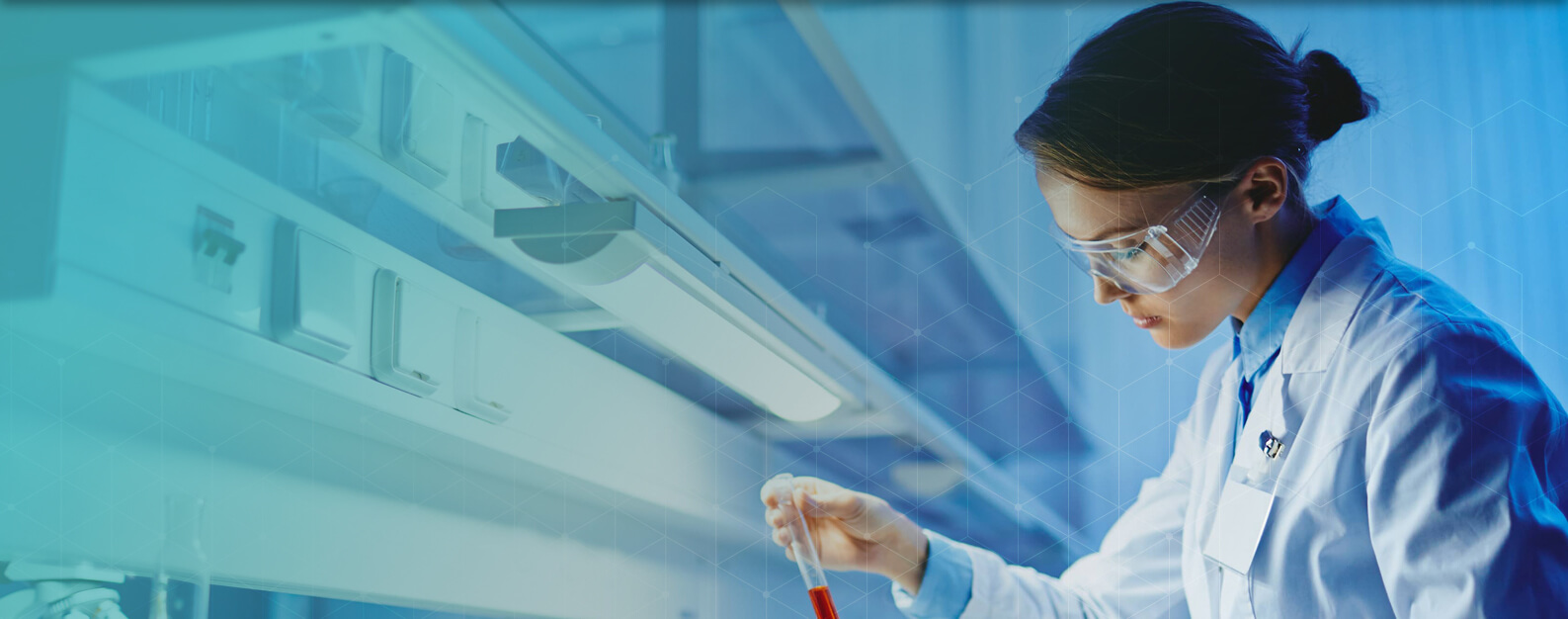The myths and facts regarding bacterial endotoxins
The LAL test, also known as the Limulus Amebocyte Lysate test, is a way to determine the presence of bacterial endotoxins.
This method is used commonly to check that different media are free of endotoxins and is mainly used in the pharmaceutical industry, where it has been substituted for the pyrogen detection method used on rabbits. However, are bacterial endotoxins the only pyrogens that can contaminate a drug or a vaccine?
Toxins, bacterial endotoxins and pyrogens
Toxins are substances produced by living organisms that can have a venomous effect on other organisms. In nature, organisms have developed methods of defense which include, in many cases, the production of harmful substances to protect against potential enemies or subdue prey that will later on serve as food. There are many types of toxins, which can be classified by their chemical nature, their effect or by the organism that produces them, and they always have their natural origins in common. The damage brought about by the toxins depends on the organism; a lethal substance in some organisms could produce very little or no damage in others. The damage also depends on the concentrations that are necessary for the toxins to act in the way that they do.
Bacterial endotoxins are categorized as such because they constitute a part of the bacteria itself - in this case the membrane. This is why the prefix "endo-" is used. Those that come from the Gram-negative bacteria only are also known as endotoxins. Their chemical structure is one of lipopolysaccharides consisting partly of Lipid A, which is the portion of the molecule that produces the damaging effects of bacterial endotoxins. Lipid A is made up of two bonded sugar chains, each of which are also bonded to a phosphate group that contain various linked acyl chains with a large number of carbons. There is no single molecule of lipopolysaccharide that constitutes the entire membrane of the bacteria, but each kind and strain presents a type of lipopolysaccharide, which determines, in many cases, the pathogenicity of the bacteria.
In actuality, pyrogens, or the compounds that produce an increase in body temperature (fever), are not only endotoxins. There are many substances and microorganisms (for example viruses or fungi) that induce fever. Among the chemical substances that lead to fever are some steroids, the peptidoglycan of Gram-positive bacteria, substances produced by the organism itself, such as the cytokines that trigger the defense mechanisms of the immune system. Therefore, we should differentiate and say that the LAL method serves for the determination of bacterial endotoxins and not of pyrogens, considering that as a substitute for the pyrogen detection test conducted on rabbits it has caused confusion.
How is a bacterial endotoxin infection produced?
The bacterial endotoxins come from the external membrane of Gram-negative bacteria. These bacteria are characterized by their ubiquity in nature. They can be found in marine environments and on land, as well as, in the animals that we, as humans, use for food, and in the feces of animals. Therefore, Gram-negative bacteria infections are very common. One of the myths that exist in the population regarding these infections is that they can be avoided after heating food. In actuality, the danger of contaminated food precisely lies in the fact that although the bacteria dies, the lipopolysaccharides that constitute its cellular wall are released into the environment where they find themselves and the bacterial endotoxins present are resistant to heat, even at the temperatures used in autoclaves.
Another myth regarding bacterial endotoxins is that these are the only avenue by which the bacteria can cause harm. This is not the case. We need to take into consideration that other factors pertaining to the bacteria are potentially harmful such as fimbriae, which are small, whip-shaped extensions that are seen in many species. Fimbriae are structures of protein nature, which, by attaching onto the surfaces of organisms, can cause harm to the organisms. Therefore, it is incorrect to assume that bacterial infections are caused only by endotoxins; there are other mechanisms by which the infections can occur.
Wako has a series of reagents called PYROSTAR™ ES-F, with which it is possible to conduct the determination of bacterial endotoxins via the LAL test. Research laboratories can acquire these reagents with the Control Standard Endotoxin and other equipment that facilitate the execution of the test, such as the Toxinometer™ ET-6000.
OUR LAL PRODUCTS
 |
 |
|
| Kit of 100 PYROSTAR™ ES-F | BioClean® Series | Control Standard Endotoxin |



